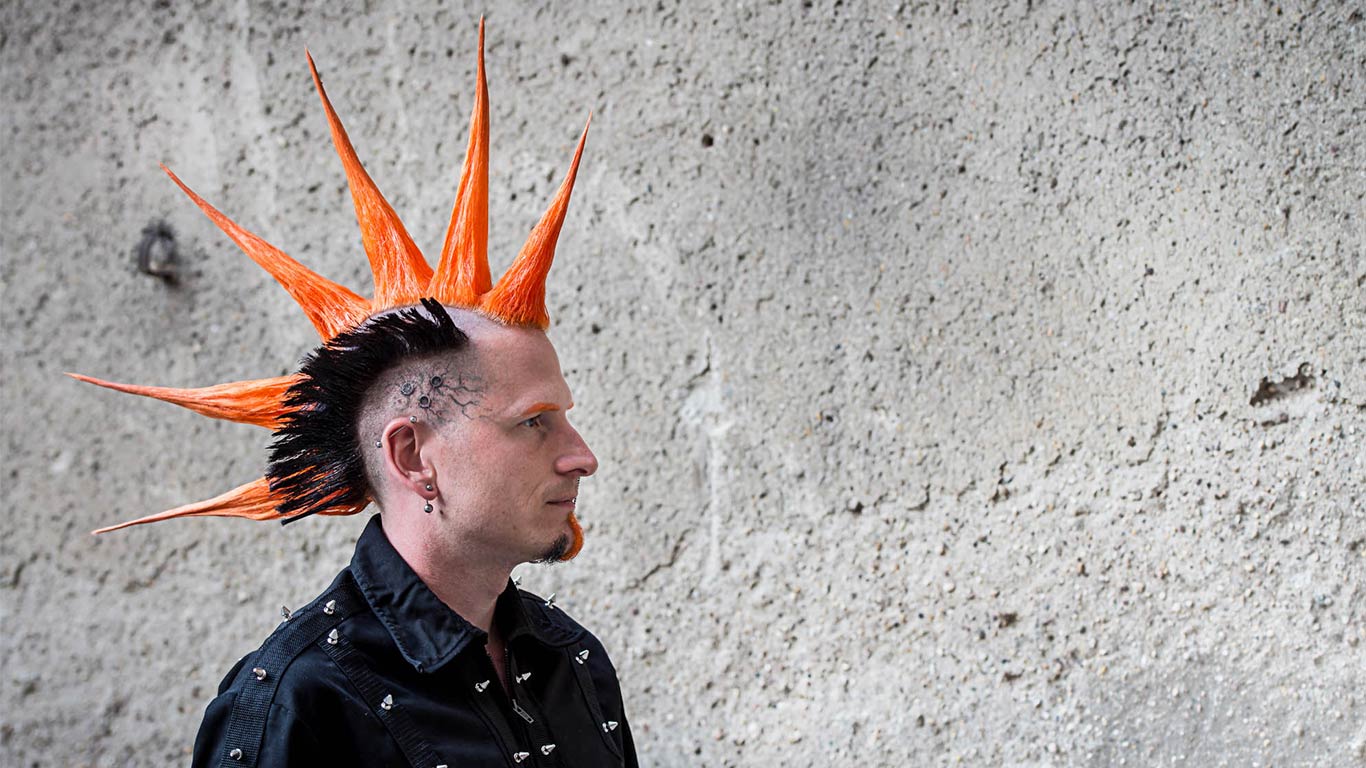
Ten years of battle - the birth story of Avionero
Imagine that you, from the bottom of your heart, want to solve a problem. Imagine knowing you have to solve the problem, because the solution is very, very important. Imagine also that there’s no one who understands, listens, or even helps you on the way. Lars Kristensson, co-founder of Avionero, struggled with making his voice heard for ten years. This battle lead to crushed dreams, and a severe fatigue depression. However, unexpectedly, the end of the tunnel lit up. Someone came walking bearing a flashlight, someone who actually understood.
This is Lars’ story about how Avionero came to be.
– Hi Lars! Tell us about yourself.
– I’m a passionate and driven person who doesn’t give up until I’m satisfied. I grew up in the forests of Halland in Sweden, and I was quite lonely then. As a grown up, however, I’ve traveled the world. I love festivals — the independence, music, creativity, spontaneity, and of course, the people. I love people, and that’s one of the biggest reasons I started Avionero.
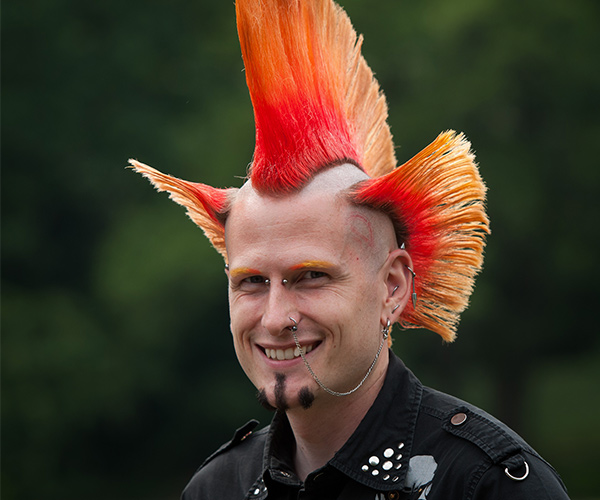
I love people, and that’s one of the biggest reasons I started Avionero
I’ve been programming and developed software my entire life. When I was 14, I started coding, and when I was 16 years old, I created my first computer game. As I got older, I studied maths, physics, philosophy, and psychology, together with computer science. After a while, I found something that combined these interests of mine — Artificial Intelligence — which I specialized in, mainly in gaming. Problem-solving using search technology within AI became my niche, and I started my career as an AI-developer in the gaming world in 2005.
Whatever I was to do as a career, I wanted to help profit humanity
– Your background in the traveling and flight searching business is quite interesting. Tell us about that!
– I decided to leave the gaming career — partly because I couldn’t get over the ethical issues with how successful you are as an AI-developer lies in how addictive you make your games.
I also made an important decision when I left that industry; Whatever I was to do as a career, I wanted to help profit humanity. Ideologically, my job in the gaming industry went against so much of what I believe in. What I really want people to do is to go out and experience things, confront each other, live, learn and meet.
After the gaming business, I ended up in the online flight search business, where I've spent the last ten years at different companies; Travelstart, momondo, and MrOrange being among them. When I started working as a developer in the flight search business, I soon realized I wasn’t like the others. I had a different view on things, perhaps because of my gaming and AI background.
There was, and I quickly uncovered, a whole lot of problems with the system at the first company I worked for back then. So eventually I was repositioned as a system architect instead, and was given the task to plan a rewrite of the whole system to make it work better. That's where things really started. While I was working on that I felt that, sure, I had the technical proficiency to improve the system, but there was something else besides the technology that I couldn’t reach — something was fundamentally wrong with how it was all built. I looked through our competitor websites and systems, but only came to the conclusion that they were all just as bad. They all sucked. Still, I couldn’t put my finger on what exactly was wrong, but my architect intuition kept telling me something fundamentally was.
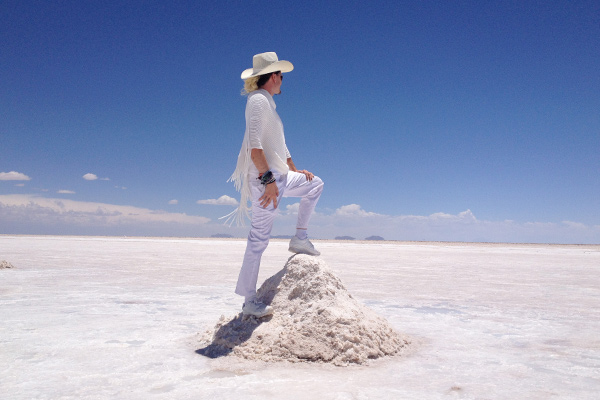
It wasn’t until I left for a big travel industry conference in London that I realized what it was. The online flight search business is a huge and money intense business, and as such largely driven by economists and business people, and by their kind of mindset. Everyone at the conference was talking about revenue, company merges, conversions, and stuff like that, but I couldn’t find anything about the actual user, except perhaps in the form of some statistics in some reports. Nowhere could I find anyone speak about the user: “Who is the user?”, “How does the user work?”, and “What are the user’s needs?”.
Coming back from the conference with the epiphany that “The fundamental assumptions behind the site are all wrong!”, I passionately started telling everyone about my discovery - and how we needed to rethink it all! For that, I received absolutely nothing in response. No one understood my discovery, and I had to walk back to my seat with my tail between my legs to continue working.
We brainstormed, fought, and built a proof of concept for three months — some of these ideas are still used at Avionero
Shortly after, the company went through some turbulent times. For instance, our CEO had to leave, and in the midst of the chaos, I succeeded in getting the trust to try out my ideas with a handpicked team. We brainstormed, fought, and built a proof of concept in just three months — and some of the ideas from that project still remains with Avionero. I then invited the whole company, stood up and presented our new way of thinking, all the ideas and all the possibilities we could grab from this. When I walked home that day, I felt proud. I felt that “This is revolutionary. This is something new. This is the next step in the industry!”.
Despite this, I came back the next day to find out that my ideas weren’t as appreciated as I thought — I wasn’t allowed to continue the project, and after a few conflicts, I was forced to resign. This was of course devastating — I’d found something important!
Hearing this only challenged me more — if someone says something is impossible, I just have to solve it!
– How did you move forward with your idea?
– I started my own consulting business, and got in contact with MrOrange. I really liked it there, but they told me that while it was a known problem it was impossible to solve. Hearing this only challenged me more — if someone says something is impossible, I just have to solve it! I mean, we can’t say we know every user is unsatisfied, but just ignoring it because there’s no technical solution – that’s just not working!
I mean, we can’t say we know every user is unsatisfied, but just ignoring it because there’s no technical solution – that’s just not working!
I kept thinking about it, trying to figure it out, for maybe a year, before it suddenly came to me, when I was again back in London - this time at a Powernoise club. I was just smashing it on the dance floor when it suddenly came to me; “Damn! I think I know how to do it! I think I’ve got a solution!”. I literally sat down on an oil drum to try and focus, and structure my thoughts, whilst my friend Johny was keeping people away not to disturb me.
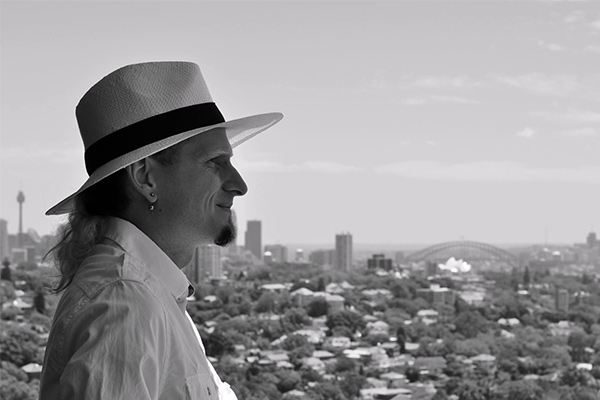
I started sketching on my new search engine technology the minute I got home. Through a couple of assumptions, I could rewrite the issue and solve it with classic AI-technology. I then founded a company to develop this technology, but I soon realized the project was just too big for a single person, and I didn’t have the money to hire a team. I was also traveling a lot, going from hostel to hostel, and interviewed fellow travelers, asking what issues they found when planning trips. Soon, I was exhausted, and the fact that I couldn’t do this by myself became more obvious than ever.
I was traveling a lot, going from hostel to hostel, and interviewed fellow travelers, asking what issues they found when planning trips
I then reached out to what I figured was the most creative and open-minded company in the flight search business, and presented my ideas. The founder was very excited and I negotiated myself a good job. My job there was to be a brainstormer, but shortly after the founder had hired me he left, and I was re-positioned under another boss who instead put me on copy-pasting texts on the website…
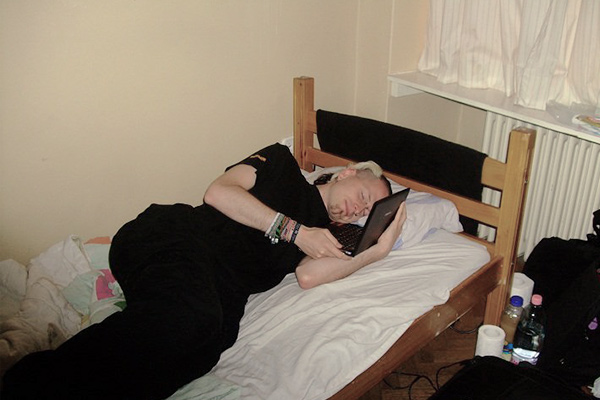
I battled about this for a long time, because I really wanted to do what I was hired for. However, I was never put in the position I intended, and I was in constant conflict with my boss because I kept working with the improvements I thought needed for their website, rather than what I was told to do. I worked there for two and a half years, trying several times to solve the situations, but it wasn’t working. So I left. And I was tired. Very, very tired.
No sooner than I stepped out of the door, I was headhunted by someone who wanted to start a flight search website in South America. Even though I was exhausted, he gave me an offer I couldn’t refuse, and soon I was in Bolivia where we ran the project. However, the project was doomed, and nothing ran as it was supposed to. I worked so hard with this project, too hard, because nothing was working, but I really wanted it to. It was my dream. However, I did set a point of no return, for when the project could no longer be saved and it wasn’t worth to continue - and when that signal came, I had already my exit plan ready. Unfortunately, the project drove me to total exhaustion, and I fell into a deep fatigue depression... Then, on top of that, instead of supporting me, my girlfriend - the big love of my life - also dumped me... and I was locked into a mental hospital... I had nothing more to give...
The project drove me to total exhaustion, and I fell into a deep fatigue depression
– How did Avionero exactly come to be?
- During the South America project, I organized an online competition where we were looking for a good design for our platform. It was quite a serious competition, with good price money and a jury I had put together. We received a mix of proposals, including some good ones, but halfway through the contest we received a proposal much different from all the others. As it normally goes when seeing something very different, I was first a bit sceptic, but I also got very curious. “What is this?!” Then the more I studied and looked into the design, the more I came to realized how amazingly smart it was! The person who’d done it didn’t just solve the assignment, he also solved a significant user issue within his design.
It fascinated me so much, I wrote back to this person: “I can see what you’re doing. Who are you?”. The person was Anton Tyulenev, today my companion and co-founder of Avionero. Anton won the design contest, and after a while he quit his job at one of Russia’s best design agencies to come and work with us. However, the point of no return for the South America project came only a couple of days before he was scheduled to arrive. I had to tell him about me leaving the project and its shutdown, but Anton responded: “Ok, but let’s meet and talk anyway!”.
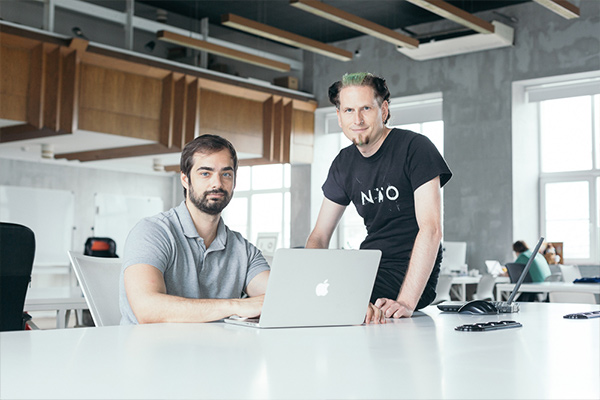
We met up and discussed our plans together, but I was exhausted. I didn’t have any more energy. I told him I was going to quit and do something else with my life. That I was going to switch career. But Anton asked me again to explain why every attempt had failed. I explained it was because of conflicts, management issues, no money, and so on. Anton listened, then asked: “But your technology works?” Surprised, I said “Um, yes. It works. I’ve tested it, I know it works.”, whereupon Anton’s response was “Well, then you can’t give up!”
... whereupon Anton’s response was “Well, then you can’t give up!
The discussion went on, for some time, and Anton convinced me to try again. I stated one requirement though: “I won’t fail again. I won’t do another ’attempt’. If we’re gonna do this, we have to make everything right from the very beginning”. Anton accepted, and after a few months of researching a name, we created Avionero - a company we’ve now fought for for three years to get to where we are today.
And now, in 2018, we’ve finally launched what I wanted to do ten years ago — my dream, my call, what I’ve fought nail and tooth for: Avionero
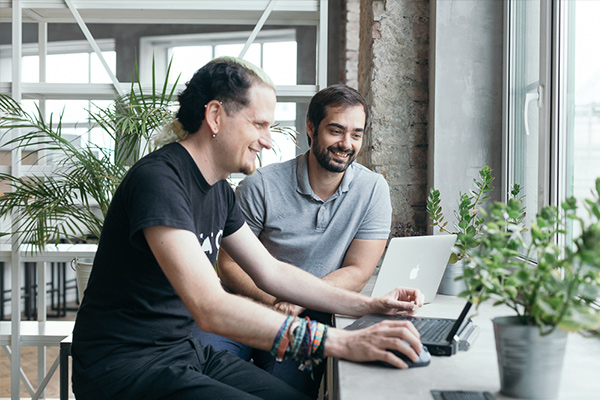
And now, in 2018, we’ve finally launched what I wanted to do ten years ago — my dream, my call, what I’ve fought tooth and nail for: Avionero! This would never had happened if it wasn't for Anton. Thank you Anton for believing in me!




